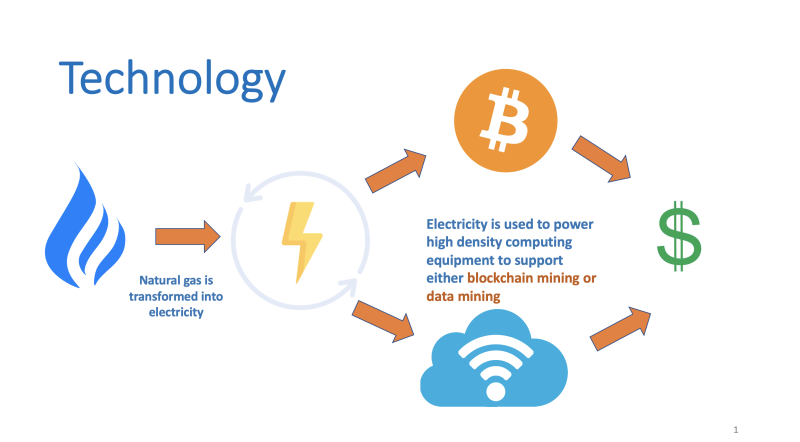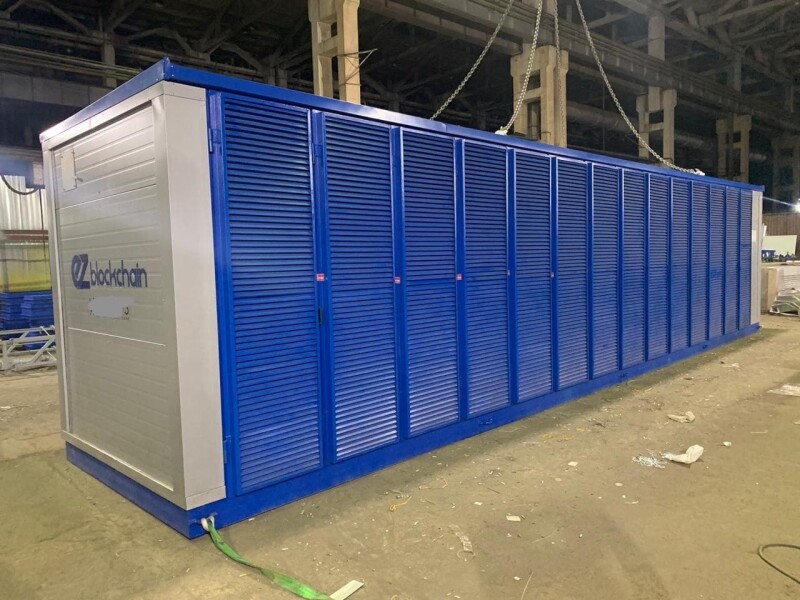The scenery is filled with tall pole-like structures with active fire at the top, also known as flare stacks, which are burning like enormous birthday cake candles—a vivid description of any oil field in the Bakken region that covers most of North Dakota and Montana’s rich oil and gas deposits. The only difference is that the environment is not that happy because those “candles” never stop burning and one can smell the burned off natural gas combined with a deafening noise, resembling the space rocket thrusters. This is a picture of routine flaring, a process of burning off natural gas at the well head, which has been a standard practice in the oil and gas industry for decades.
Associated petroleum gas is produced at any reservoir with oil deposits. This gas is usually a mixture of methane, butane, propane, etc. That is where the smell comes from. After the shale boom began in the early 2000s, the existing natural gas infrastructure could no longer support the transport of the oversupplied gas produced with shale oil. The oil wells were developed more often than new miles of the gas pipeline were built, and the abundance of associated gas mixed with warmer weather brought the price on natural gas to its knees and kept it there. Low price on natural gas caused midstream companies to lose interest and incentives in building pipelines.
Today, flaring and venting occurs in locations where local markets and gas transportation infrastructure are lacking. If the drilling continues at the current pace, which it will, more gas will be burned and wasted. Traditional solutions do not solve the problem of flaring. Natural-gas-liquids systems only strip the potentially valuable natural gas liquids and let the lean gas burn anyway. Liquified-natural-gas solutions still are very expensive and in most cases an investment in current market conditions is simply not feasible. Gas power generation, however, seems to be the right answer but due to the remoteness of drilling locations, access to the electric grid is highly limited and if possible, obtaining permits to sell power to the grid may take months or years. Even after the permit is approved, selling power to the grid will not readily yield dividends since power business is a low margin industry and can run only on scale.
Power generation may not be the full answer, but it definitely serves as a preamble to the viable solution. The large amount of power produced at the well pads using power generators or turbines may be utilized by heavy duty equipment or some other type of a large electric consumer—Bitcoin. This cryptocurrency is arguably famous for two reasons: quickly transforming the traditional understanding of money and its power consumption. Based on the various sources, this new form of digital gold uses around 8 GW (7x109 W) of power to run the Bitcoin network (Bitcoin blockchain) and validate Bitcoin transactions using Application Specific Integrated Circuit computers called ASICs. Why not use this 24/7 hungry equipment to solve a gas flaring problem?

It can be said with absolute confidence that Bitcoin mining is a unique solution for the gas flaring problem. The core idea is to generate usable power on site: Instead of burning natural gas, gas electric generators can be deployed to convert associated gas into electricity, then this electricity is used on site for blockchain mining. Since ASIC computers run 24/7, they need to be housed in a permanent shelter to avoid an interference of weather elements. As mentioned before, most of the flaring happens in the remote areas on the oil pads. But instead of constructing expensive buildings to house mining equipment, a special type of a mobile data center has been developed, known as EZ Smartbox.

Smartbox is a prefabricated mobile data center designed exclusively for blockchain mining, artificial intelligence training, or any other computational processes. This data center looks like a regular shipping container, but the unit is engineered and built from scratch to be temperature resistant and lightweight. The sandwich panels are utilized to create the backbone of the design for the Smartbox. It includes complete information technology support system and a power distribution infrastructure with surge protection, as well as an environmental monitoring system and a stand-alone cooling system of HVAC fans. All of this allows to run safely and efficiently a 2.7-MW operation in a 40-ft size unit which sits on top of a trailer and can be redeployed to any other location within hours.
The idea of building small local electric grids has been around for decades but producers never had enough power consumers in remote areas to make it to life on scale. Since not only cryptocurrency mining is growing rapidly but distributed computing is also quickly becoming a “thing,” now is the time to realize the potential of wasted energy in the oil fields by deploying mobile Smartgrids. EZ Smartgrid Flaring Mitigation System is a unique solution for existing wasted energy problems in oil fields. It consists of mobile gas engine generator which converts wasted, flared gas into electricity which is immediately used on site to power mobile data centers.
This can be a win-win solution for an oil producer where the company can reduce gas flaring and may diversify their revenue streams by utilizing flared gas for Bitcoin mining. Many large companies are looking into solutions for flaring. The customers, small- to medium-size oil producers, are utilizing the systems and are happy with the results both from environmental and economical perspectives. Those producers who chose to employ Bitcoin mining on their sites are now monitoring not only oil and gas prices but also a Bitcoin price because they see value in this solution in the long run.

EZ Blockchain projects in oil fields, running on flared gas, are proof that to bring gas to the market, there is no need to build a multibillion gas-processing and pipeline infrastructure. In the era of emerging technologies and widespread internet connectivity, data processing mobile data centers are solutions to convert wasted energy into usable resource. These technologies will change the oil field as we know it. Additionally, many new technology and environmental jobs will fill the labor market in the industries that did not exist before. It is only a question if you want to be a part of this progress or not.
[The article was sourced from the author by TWA editor Jaspreet Singh.]


